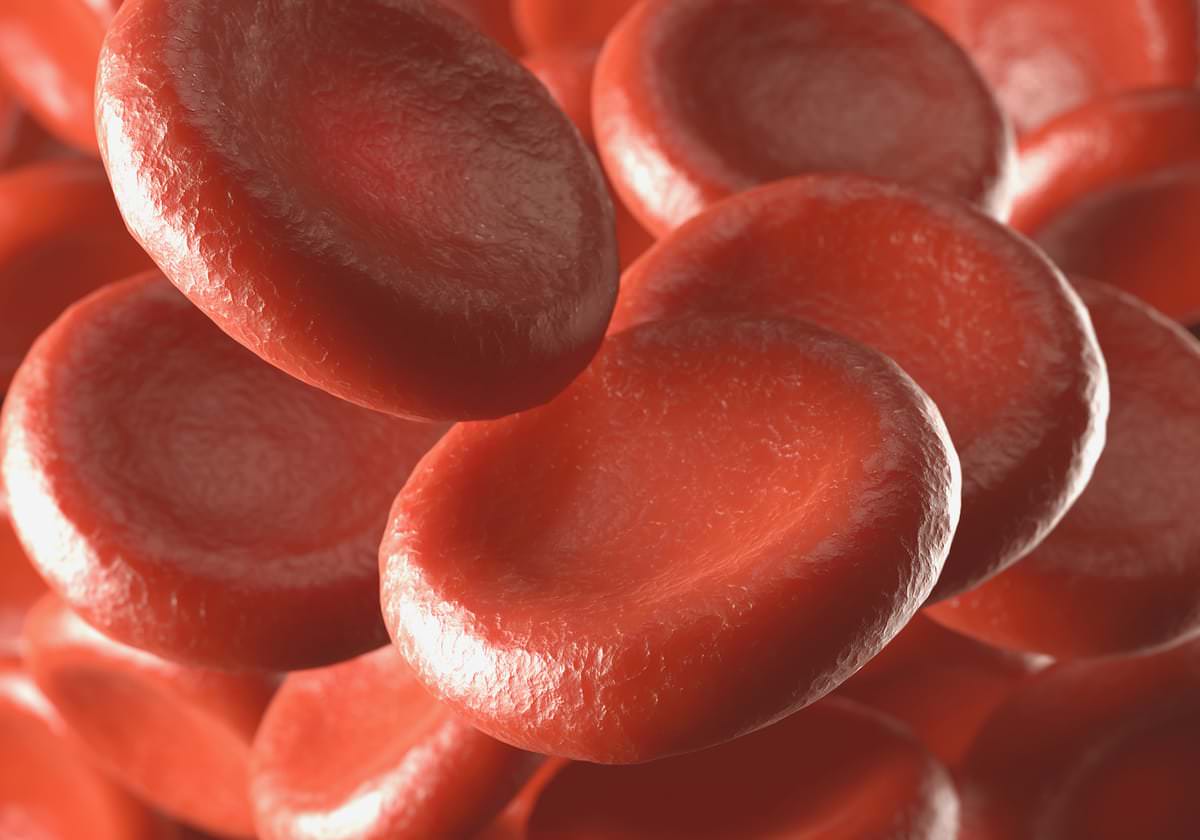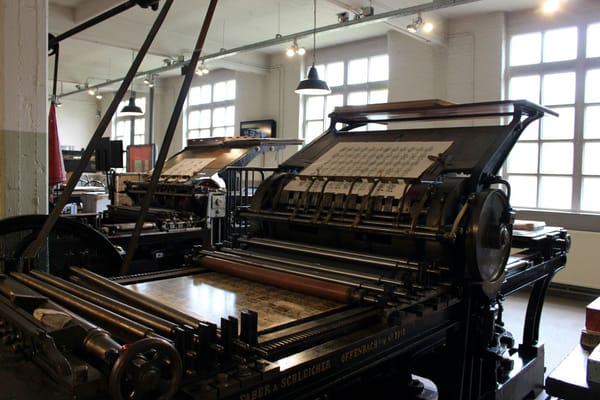The Circulatory System

The circulatory system can be called the “transportation highway” of your body. It is made up of your heart, blood veins, and blood. In order to understand why your circulatory system is called this way, we have to know what it does.
Moving Blood
Your circulatory system is used for many things, but carrying oxygen and nutrients from one place to another is its main function.
Blood is pushed out from the heart to your lungs first, where it absorbs oxygen and deposits carbon dioxide to be taken out of your body by breathing out. The blood then returns to the heart, where it is pushed to the rest of your body.
As the blood passes through the digestive system, it absorbs food and nutrients to carry elsewhere. After depositing the food and nutrients, it picks up carbon dioxide and waste products and carries them… you know where.
Each time your blood circulates through your heart, about 20% goes through your kidneys, which are like a filtration system to sort the waste from the nutrients.
Veins, Arteries, and Capillaries: What's the difference?
There are three types of blood vessels in your body: veins, arteries, and capillaries. The only difference between these blood vessels is that they go to different places.
First, we'll start with veins. These blood vessels carry the blood towards your heart. Arteries do the opposite; they carry blood away from the heart.
Capillaries are like little, thin vessels connecting veins and arteries. This is where the blood exchanges oxygen for carbon dioxide, and they are so thin, the blood cells must go through them in single file!
Conclusion
Your heart never takes a break. It works 24/7/365. You can live without the use of your eyes, hands, ears, or legs, but you can only survive a few minutes without your heart and blood veins!




